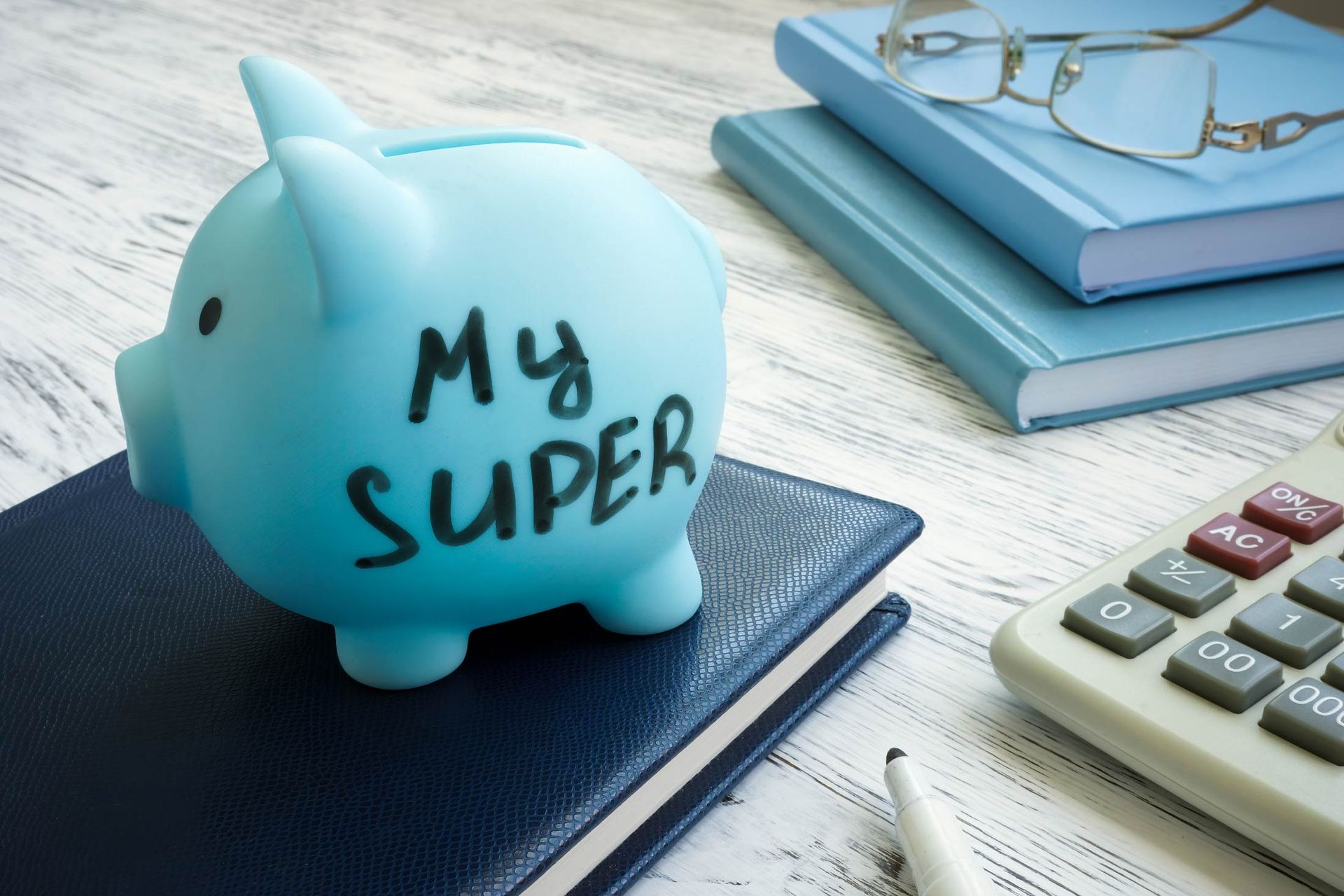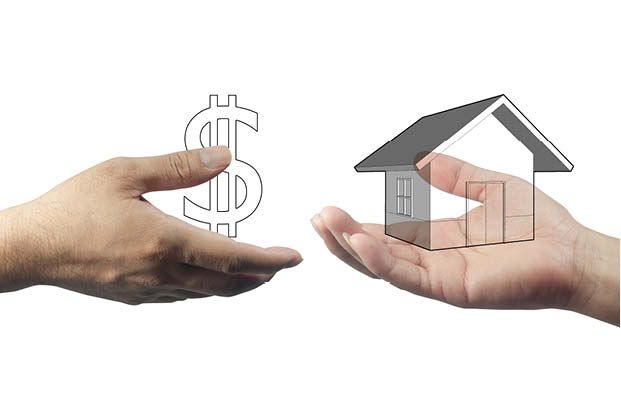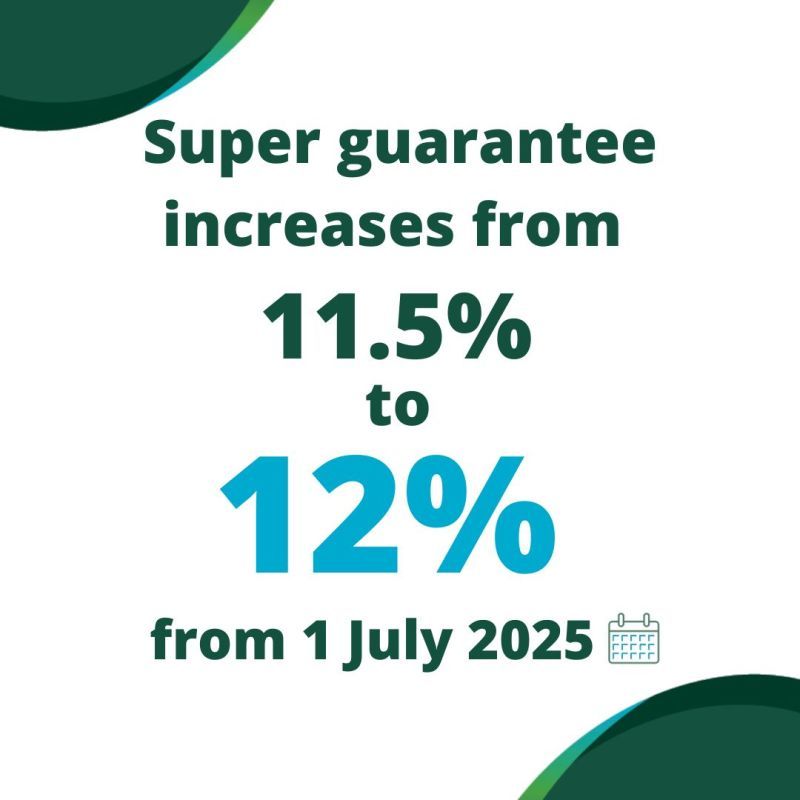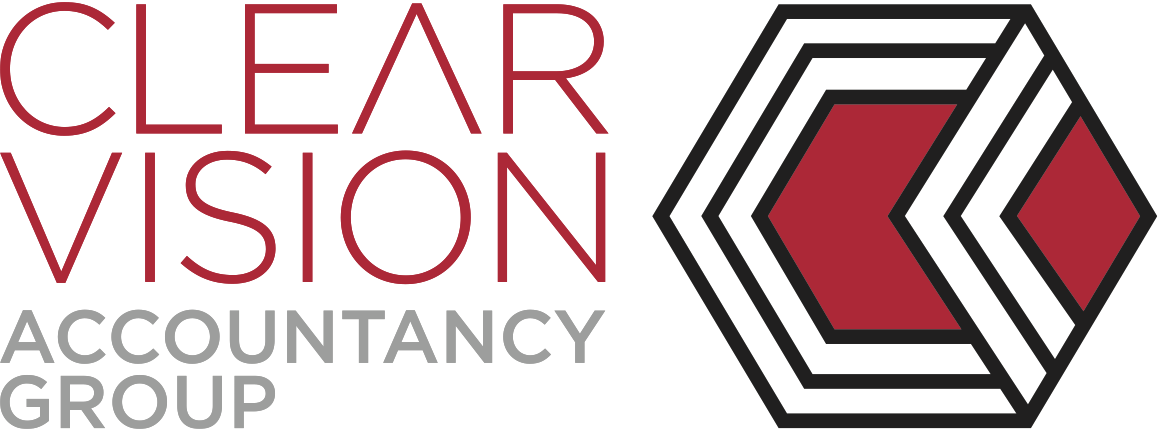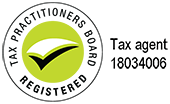How Much Do You Need to Make? Understanding Business Turnover

Running a business isn’t just about making sales — it’s about making enough sales to cover your costs and pay yourself what you deserve. But how do you figure out how much turnover (aka revenue) you actually need to make each month?
Knowing this number helps you:
- Set realistic sales targets
- Price your products or services properly
- Know when to cut costs or increase margins
- Understand when your business is sustainable
This isn’t just about numbers — it’s about clarity and control. Once you know your required turnover, you can stop guessing and start planning. Whether you’re a solopreneur, a growing startup, or a small business owner, this is the foundation of making your business work for you — not the other way around.
We love numbers — seriously. And we get that not everyone does. If you need help breaking things down in a way that’s simple, practical, and actually makes sense (even if numbers aren’t your thing), call Clear Vision Accountancy Group today on 4688 2500.
